A Man From Kochi Built The World’s First Coconut Sap Tapping Robot – “SAPER”
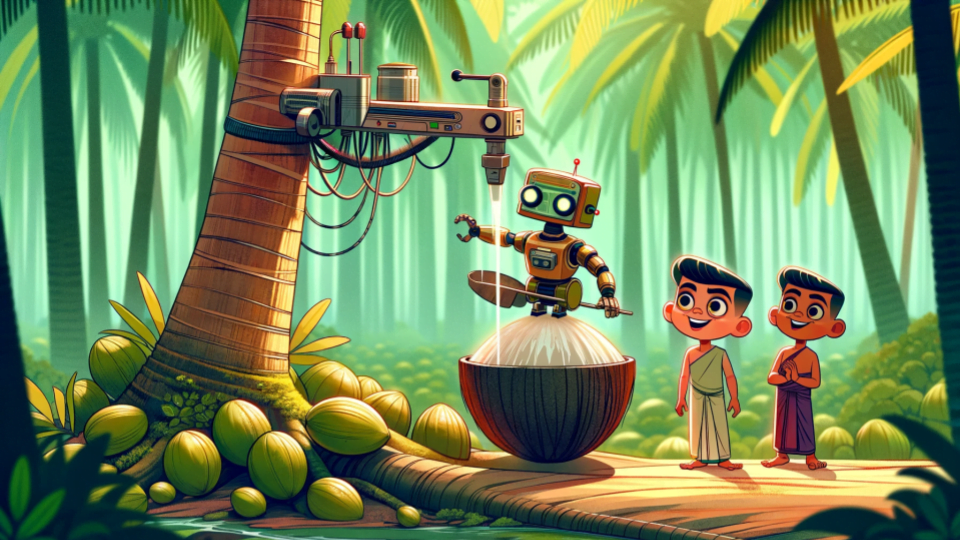
SAPER is the world’s first coconut sap tapping robot. This robot reduced the number of times a person had to climb up the tree from 270 times to 2 times for a single inflorescence. It was developed by the innovative minds at NAVA Design and Innovation, a Kochi-based startup. The brainchild of Charles Vijay Varghese, SAPER is designed to make the coconut sap tapping process safer, more efficient, and sustainable. It also addresses the acute shortage of skilled tappers and dramatically reduces the physical risks associated with the traditional method of climbing coconut trees for toddy tapping.
By automating sap extraction, SAPER ensures that a tapper only needs to climb a tree twice: once to install the device and once to remove it. This robot, powered by artificial intelligence (AI) and solar energy, doubles the yield of sap through precision cutting, showcasing a significant leap in agricultural productivity and sustainability. With patents secured in major coconut-producing countries, SAPER’s global impact on the agritech sector is poised to be substantial.
Charles Vijay Varghese’s innovation is a movement towards enhancing the livelihoods of farmers and tappers across the globe. By introducing a method that requires fewer climbs and yields more produce, SAPER is setting a new standard in the coconut sap industry. This venture by NAVA Design and Innovation is a clear reflection of how technology can be harnessed to foster economic growth, environmental sustainability, and safer working conditions in agriculture.
From Palms to Robots: A Journey from High Risks to High Tech
The journey of SAPER began with a simple yet profound question: Why can’t the process of neera extraction be automated? Charles Vijay Varghese, the visionary behind this innovation, grew up witnessing the labor-intensive and dangerous method of coconut sap tapping in his hometown of Kochi, Kerala. Kerala, often referred to as the land of coconuts, has a deep-rooted connection with coconut trees, which are integral to its economy and culture. However, the traditional tapping process was fraught with risks, and skilled tappers were becoming increasingly scarce.
From Challenge to Opportunity
Varghese’s curiosity and entrepreneurial spirit led him to conceive SAPER. His goal was clear: to create a solution that would not only make sap tapping safer but also more efficient. By leveraging his background in engineering and his passion for innovation, Varghese embarked on a mission to bring a technological revolution to the coconut plantations of Kerala.
Bridging Tradition with Technology
The inception of SAPER is a testament to the power of technology in transforming traditional agricultural practices. NAVA Design and Innovation, the startup founded by Varghese, became a crucible for this transformative idea. The team at NAVA, based in Kochi, combined their technical expertise with on-ground insights from local tappers and farmers. This collaborative approach ensured that SAPER was not just a piece of technology but a practical solution tailored to the needs of the coconut sap industry.
The design of SAPER reflects a deep understanding of the challenges faced by tappers. By automating the extraction process, the device reduces the need for manual climbing to just two instances per inflorescence, significantly lowering the risk of accidents. Moreover, the AI-powered precision cutting mechanism doubles the yield of sap, showcasing the potential of technology to enhance productivity sustainably.
A Vision for the Future
Charles Vijay Varghese and his team at NAVA Design and Innovation are not stopping here. They envision SAPER playing a pivotal role in the global coconut sap industry, addressing the needs of farmers and tappers in major coconut-producing countries. The goal is to make SAPER synonymous with sustainable and efficient coconut sap tapping, thereby contributing to the broader objectives of sustainable agriculture and rural development.
SAPER stands as a shining example of how innovation can bridge the gap between tradition and technology, leading to sustainable agricultural practices. The story of SAPER is not just about a robot; it’s about envisioning a future where technology and tradition coalesce to create a safer, more prosperous world for farmers and tappers alike.
From Tree to Tech: The Kernel of Innovation Behind SAPER
SAPER, the world’s first coconut sap tapping robot designed by NAVA Design and Innovation, represents a significant leap forward in agritech. This innovative machine harnesses the power of artificial intelligence (AI) and solar energy to automate the extraction of coconut sap, traditionally a labor-intensive and hazardous task. Here’s a closer look at the technology and features that make SAPER a revolutionary tool in agriculture.
AI-Driven Precision
SAPER’s AI technology is engineered to replicate the skill of a traditional sap tapper with unparalleled precision. This AI evaluates the coconut inflorescence to make precise cuts, ensuring maximum sap yield while maintaining the tree’s health for sustained production. The AI’s decision-making process is based on algorithms that analyze various factors, such as the inflorescence’s size, the best cutting angle, and the optimal time for tapping, to optimize sap collection without damaging the tree.
Solar-Powered Efficiency
Operating entirely on solar energy, SAPER is equipped with photovoltaic panels that power its mechanisms. This not only makes the device sustainable and eco-friendly but also ensures it can operate in remote areas without access to conventional power sources. The solar panels charge built-in batteries, allowing SAPER to function day and night, maximizing productivity and reducing the carbon footprint associated with sap extraction.
Centralized Closed Collection Technology
One of SAPER’s standout features is its centralized closed collection system. This system allows sap from multiple trees to be collected in a central tank at ground level, eliminating the need for individual collection from each tree. The closed system prevents contamination, ensuring the sap’s purity and quality. This method is not only safer, reducing the need for frequent climbing, but also more hygienic, as it minimizes exposure to contaminants and pests.
Safety and Productivity
By automating the sap tapping process, SAPER drastically reduces the physical risks associated with traditional methods. Tappers traditionally had to climb each tree up to three times a day; with SAPER, this is reduced to just two climbs per inflorescence cycle—for installation and removal. This significant reduction in climbing not only ensures tapper safety but also increases efficiency, as a single tapper can now manage a larger number of trees with less effort.
Impact and Applications
SAPER’s introduction into the coconut sap industry could transform how coconut sap products, such as neera, coconut sugar, and toddy, are harvested. Its ability to double the yield of sap, combined with its environmental and safety benefits, positions SAPER as a critical tool for sustainable agriculture. Moreover, its application has the potential to revitalize the coconut sap industry, attracting a new generation of farmers and tappers with the promise of safer, more efficient practices.
SAPER by NAVA Design and Innovation encapsulates the potential of combining traditional agricultural practices with modern technology. Its AI-driven precision, solar-powered operation, and innovative collection system not only make sap tapping safer and more productive but also open new avenues for sustainable farming practices. This technology heralds a new era for the coconut sap industry, promising a future where efficiency, safety, and sustainability go hand in hand.
SAPER : Elevating Farmers and Tappers to New Heights
The introduction of SAPER into the coconut sap industry has been nothing short of revolutionary. For generations, coconut farmers and tappers have faced the dual challenges of labor shortages and the physical dangers associated with climbing tall coconut trees. SAPER addresses these challenges head-on, offering a safer and more efficient alternative to traditional tapping methods. By reducing the number of climbs from a staggering 270 to just two per inflorescence, SAPER not only minimizes the risk of injuries but also significantly boosts the productivity and morale of tappers.
This leap in efficiency means a single tapper can now manage a larger area, potentially increasing their income and improving their quality of life. Furthermore, by doubling the yield of sap, SAPER ensures that farmers can maximize their profits from each tree, turning what was once a strenuous and risky task into a more lucrative and sustainable venture.
Empowering Through Innovation
Beyond the immediate benefits of increased safety and productivity, SAPER is a powerful tool for empowerment. In regions where traditional roles often limit opportunities for women, the ease and safety of SAPER open the door for greater gender equality in the workforce. Women, who might have previously been sidelined in the sap tapping process, can now participate more actively, managing and operating the device. This shift not only promotes gender equality but also strengthens the economic resilience of rural communities.
Safeguarding the Environment
SAPER’s impact extends beyond the economic; it’s a win for the environment too. Powered by solar energy, SAPER operates cleanly and efficiently, leaving a minimal carbon footprint. This commitment to sustainable energy sources is a testament to the device’s design philosophy, which prioritizes not just efficiency and safety, but also environmental stewardship.
Moreover, by ensuring a more controlled and precise tapping process, SAPER helps preserve the health of the coconut trees, potentially extending their productive lifespan and promoting biodiversity. In an age where sustainability is increasingly at the forefront of agricultural practices, innovations like SAPER are leading the way in demonstrating how technology can be harnessed to support not only economic development but also environmental conservation.
A Sustainable Future Unfolds
The story of SAPER is a compelling narrative of how innovation can transform traditional agricultural practices for the better. For farmers and tappers, it represents a leap towards safer, more productive, and more sustainable livelihoods. For the environment, it offers a glimpse into a future where technology and nature coexist harmoniously. As SAPER continues to make inroads into global markets, its story is only just beginning. The potential for this technology to inspire further innovation and change in the agricultural sector is immense. With each coconut tree it taps, SAPER is not just extracting sap; it’s tapping into the future of sustainable agriculture.
From Coconuts to Capital: The Business Model Behind SAPER
NAVA Design and Innovation, rooted in Kochi, Kerala, embarked on its journey with a mission to transform traditional agricultural practices using cutting-edge technology. Founded by Charles Vijay Varghese in 2016, NAVA aimed to solve the global challenges faced by coconut farmers through innovation, particularly with their flagship product, SAPER, an automated neera or toddy tapping machine. The startup’s approach has always been to offer comprehensive solutions that go beyond mere product sales, focusing on enhancing the productivity and safety of coconut sap tapping.
The Financial Backbone
Initially, NAVA took the route of bootstrapping, with Charles Vijay Varghese investing Rs 10 lakh from his personal savings into the venture. Understanding the need for external support to scale and refine their innovation, NAVA sought and secured funding and grants from several key players in the startup ecosystem. This includes a notable grant from the Kerala Startup Mission and support from Maker Village, a nod to the startup’s potential and innovative approach. The involvement of Brinc, a global venture accelerator, further emphasizes the broad interest and confidence in NAVA’s mission.
In total, NAVA Design and Innovation has raised a modest yet crucial seed round of $39.5K by January 2020, with the Indian Institute Of Information Technology and Management leading the investment. This financial injection was pivotal in advancing the development of SAPER, allowing for further research, prototype enhancements, and field testing to ensure the product’s efficacy and market readiness.
The Market Approach and Vision
With a lean team and a clear vision, NAVA has meticulously crafted a business model that targets both the B2B and B2C segments. Their strategy is to make SAPER accessible to a wide range of users, from small-scale farmers to large agricultural enterprises, thereby democratizing the benefits of their innovation.
The pricing strategy for SAPER, envisioned to be between Rs 7,000 and Rs 10,000, reflects a keen understanding of the market’s needs and constraints. This competitive pricing is part of NAVA’s broader goal to scale the solution not just within India but also to other major coconut-producing countries, thereby amplifying the impact of their innovation on a global scale.
Looking Ahead
NAVA Design and Innovation’s journey from a bootstrap to a seed-funded startup underscores the potential of agritech innovations in solving real-world problems. With plans to launch the commercial version of SAPER and explore international markets, NAVA is poised to make significant strides in the agricultural sector. The company’s commitment to leveraging technology for sustainable and efficient farming practices continues to attract attention and support, setting the stage for future growth and success in the agritech domain.
As NAVA Design and Innovation progresses, its blend of technological innovation, strategic funding, and a clear business model serves as an inspiring blueprint for startups aiming to make a tangible impact in the agricultural sector and beyond.
Lessons For Aspiring Entrepreneurs : SAPER’s Blueprint
In the journey of transforming a challenge into a revolutionary solution, the story of SAPER by NAVA Design and Innovation is rich with insights. Behind every innovative product lies a roadmap of lessons learned, strategies devised, and challenges overcome. For aspiring entrepreneurs, these experiences are invaluable. They serve not just as a guide but as a beacon of inspiration, illuminating the path to success in the unpredictable terrain of startups. Let’s delve into the core lessons from Charles Vijay Varghese’s venture, offering a blueprint for navigating the complexities of entrepreneurial innovation.
Embrace Challenges as Opportunities
The story of SAPER and NAVA Design and Innovation is a vivid reminder that challenges are veiled opportunities. Charles Vijay Varghese saw the declining number of coconut sap tappers not as a dead end but as a chance to innovate. Entrepreneurs should approach problems with a mindset that seeks solutions, turning obstacles into stepping stones toward success.
Innovation Begins with Empathy
At the heart of SAPER’s development was empathy—a deep understanding of the tappers’ plight and the dangers of their traditional methods. Aspiring entrepreneurs should ground their innovations in the real needs and pains of their target audience. Creating solutions that genuinely improve lives can lead to more meaningful and impactful ventures.
Collaboration Amplifies Impact
Varghese’s journey underscores the power of collaboration. By engaging with local farmers, tappers, and a team of engineers, SAPER became a reality. Entrepreneurs should not underestimate the value of teamwork and community engagement. Collaborating with those who understand the problem firsthand can lead to more effective and sustainable solutions.
Sustainability is Key
SAPER not only solved an economic problem but did so sustainably, using solar power and AI to reduce environmental impact. Entrepreneurs should strive to build businesses that not only thrive economically but also contribute positively to the environment and society. Sustainability can be a competitive advantage and a cornerstone of long-term success.
Persistence Pays Off
The path to launching SAPER was fraught with challenges, from technical hurdles to securing patents and convincing traditional tappers of the benefits of automation. Varghese’s persistence through these challenges is a lesson in resilience. Aspiring entrepreneurs must be prepared to face setbacks and persevere, keeping their vision firmly in sight.
Stay Open to Learning and Adapting
The agritech sector, like many others, is constantly evolving. Varghese’s willingness to incorporate AI and other technologies into SAPER demonstrates the importance of staying open to new ideas and adapting to technological advancements. Entrepreneurs should remain learners, always ready to update their knowledge and pivot their strategies in response to new information and trends.
Your Venture Can Change Lives
Finally, SAPER shows that entrepreneurship is not just about creating profitable businesses but also about making a positive impact on people’s lives. Aspiring entrepreneurs should envision their ventures as platforms for change, capable of improving livelihoods and solving pressing societal issues.
In essence, the journey of SAPER and Charles Vijay Varghese provides valuable lessons for aspiring entrepreneurs: see challenges as opportunities, innovate with empathy, collaborate for greater impact, prioritize sustainability, persist through adversity, stay open to learning, and aim to change lives. These principles can guide the next generation of entrepreneurs towards creating ventures that are not only successful but also meaningful and transformative.
Conclusion : Harvesting the Future With SAPER
As we reach the end of our exploration into the world of SAPER, the revolutionary coconut sap tapping robot by NAVA Design and Innovation, it’s clear that we’re standing at the cusp of an agritech evolution. Led by the visionary Charles Vijay Varghese, SAPER is not just a beacon of innovation but a bridge to a future where agriculture embraces technology to overcome traditional challenges.
But the story doesn’t end here. It’s merely the beginning of a journey towards more sustainable, efficient, and safer agricultural practices. And this journey requires the collective effort of farmers, innovators, entrepreneurs, and you, the reader. Whether you’re directly involved in the agricultural sector, a tech enthusiast, or someone passionate about sustainable development, there’s a role for you to play in this agritech revolution.
Imagine a world where technology like SAPER becomes the norm, not the exception. A world where the safety and efficiency of our farmers are prioritized, where traditional practices are enhanced rather than replaced, and where the environmental footprint of agriculture is minimized. This is the world we can build together.
So, what’s your next step? Could you be the next Charles Vijay Varghese, innovating at the intersection of tradition and technology? Or perhaps you can support agritech startups in their quest to bring their solutions to the global stage. Maybe your role is to spread the word, to ensure that innovations like SAPER get the recognition and support they deserve.
Our exploration extends beyond SAPER. We invite you to delve into our curated selection of articles that shed light on other agritech marvels: Agrivijay’s revolutionary approaches, Eeki Foods‘ avant-garde solutions, and Verdant Impact’s green revolutions are but a glimpse into the future of farming.
Creative Head – Mrs. Shemi K Kandoth
Content By Dork Company
Art By Dork Company
100 Startups by IIT Madras in 2024: A Landmark Entrepreneurial
IIT Madras, a leader in India’s education and research, embarks on an ambitious journey. In…
Inside Indie Hackers: How a Transparent Community of Founders is
Indie Hackers, established in 2016 by Courtland Allen, is a thriving online community and resource…
Cursor: How 4 MIT Graduates Built the Fastest-Growing AI Startup
Cursor, an AI-powered integrated development environment (IDE), emerged in 2022 as one of the fastest-growing…
Vercel: This Startup Is Quietly Powering the Internet — And
Founded in 2015 by Guillermo Rauch and Naoyuki Kanezawa, Vercel—originally known as Zeit—set out to…
Tella: How This Tiny Team Is Revolutionizing Screen Recording
Tella is a modern screen recording platform built for today’s content creators and video professionals….
CarDekho: How Two IIT Brothers Changed The Way India Bought
CarDekho, a prominent name in the Indian automotive industry, has revolutionized the way people buy,…
Kovai.co: The Startup That Gave ₹14 crore To Its 140
The idea for Kovai.co started when Saravana Kumar, the CEO, was working as a software…







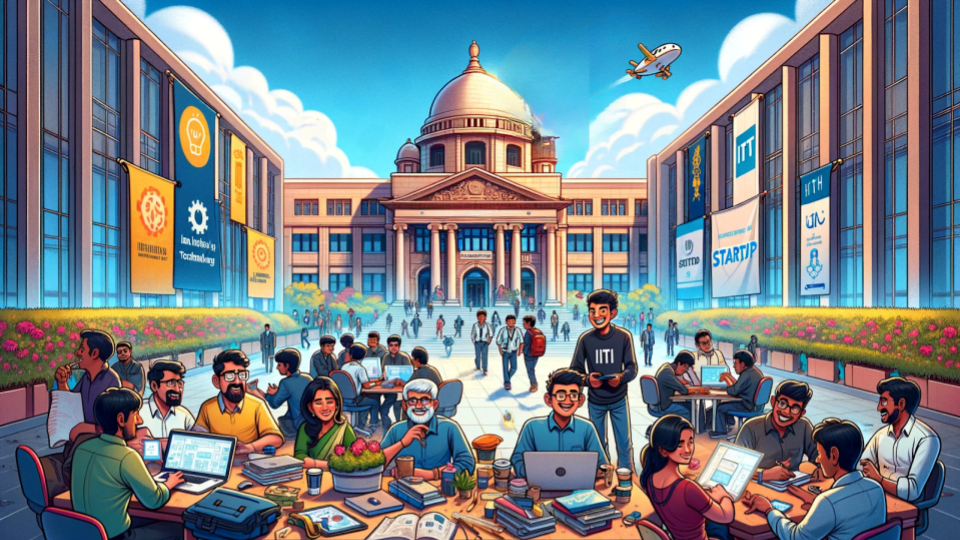








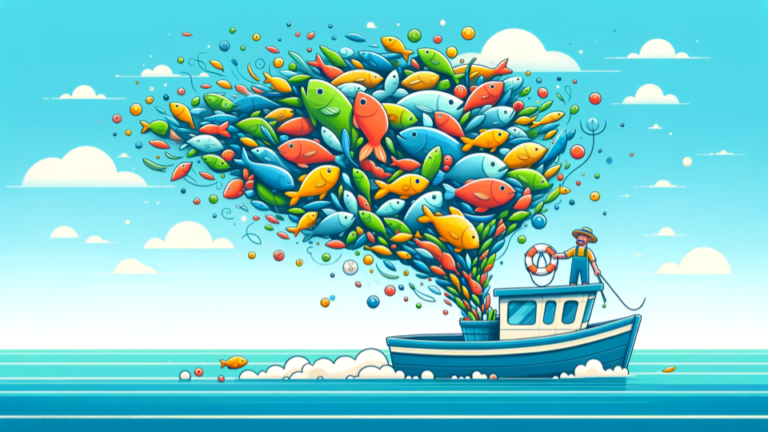
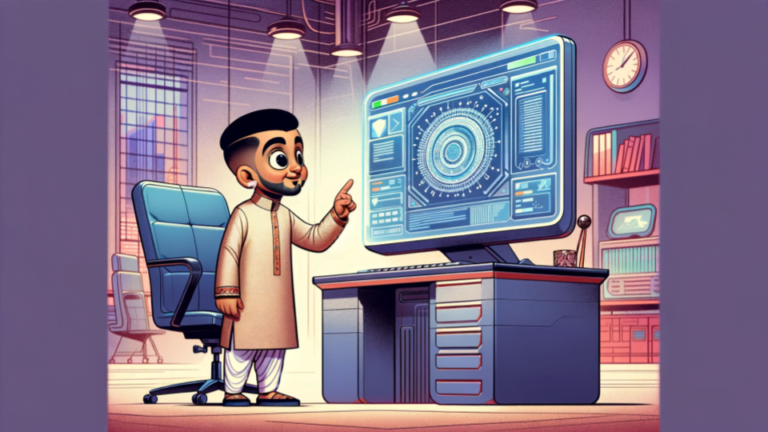
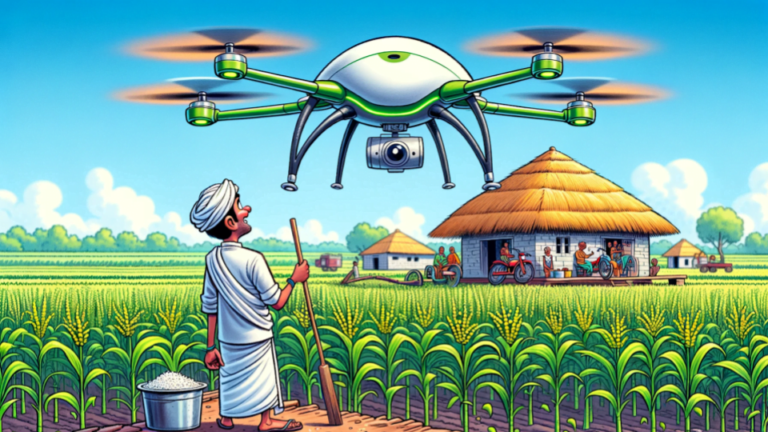

Leave a Reply
You must be logged in to post a comment.